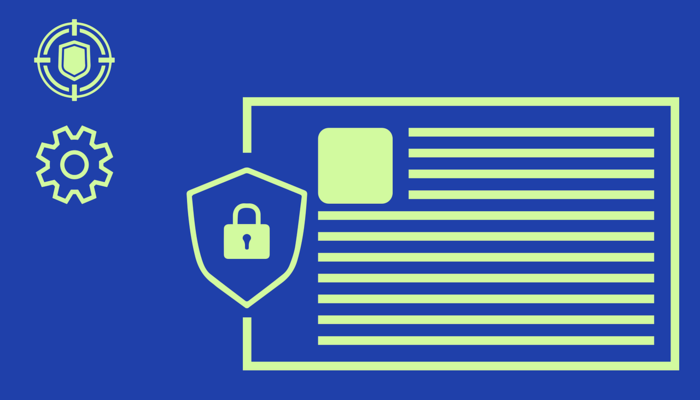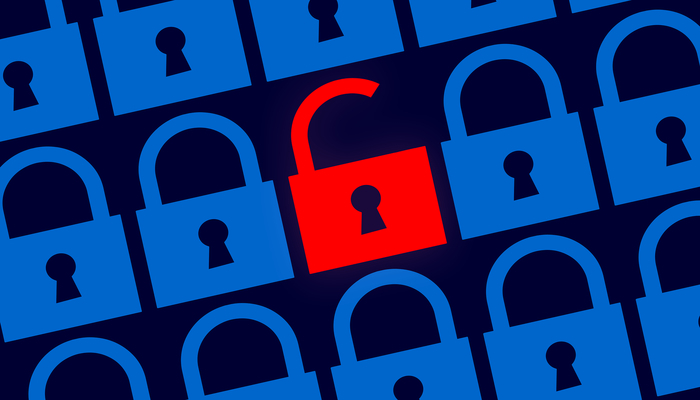The chances are you associate love with the color red. What about envy? It typically is represented by green. What about cybersecurity? What color comes to your mind when you hear this word? Likely, the color you just pictured is blue.
Color plays a vital role in web design. Some combinations might work better with e-commerce, subtly enforcing users to purchase goods. Other colors might help build trust or create a familiar environment. Thus, no random you choose should be spontaneous. It needs to reflect specific goals.
Why is cybersecurity so blue?
Cyber security is a topic of great interest today. As the number of Internet users grows, technology can be both beneficial and dangerous. It has the potential to assist humanity, but it also has the potential to harm it.
Thus, many new companies address these concerns and build products to help resolve certain issues. Usually, products related to cybersecurity tend to prefer blue. To understand this decision, we need to dig deeper into the psychology behind it.
Blue can be a rather icy and distant color, but in a cybersecurity context, it triggers different emotions. Typically, users are expected to view it as a non-threatening color. Additionally, it evokes calm and peaceful vibes. Essentially, cybersecurity products and related web designs have adopted blue to state: we represent peace, freedom and will help you achieve these emotions online.
But with everything being so blue, what other colors could designers implement?
It’s all about building trust
If you run a quick Google search for the word cybersecurity, your screen will be filled with blue. We deem it the right look for cybersecurity. However, it is not about security at all. Designers select blue because of the trust element it carries. Each product showcasing various shades of blue is essentially saying: you can trust us.
What products are related to cybersecurity? Well, there are many. Antivirus programs are probably one of the best well-known for users. And yes, typically, their web design prefers blue. However, green palettes can be a breath of fresh air, and many websites integrate them brilliantly.

Another tool that has gained tremendous popularity is a Virtual Private Network. It is all about preserving users’ privacy and defending against snooping and tracking. It also hides users’ IP addresses, preventing IP-based location tracking. It is a convenient tool, with designers experimenting with their appearance. Thus, web designs for such products differ, but blue seems to take the central stage.
The preference for blue also derives from the color wheel of cybersecurity.
The Color wheel of cybersecurity

In this area, it is easiest to use a paint wheel. That will best tell us all about these colors and what they mean. Yellow, red, and blue are primary colors, as we all know. On the other hand, secondary colors such as green, yellow, and purple are present too.
- Yellow. Whether working on applications or software, the Yellow Team oversees designing the security system. They also deal with bugs and testing. The yellow team makes sure that security comes first, and their goal is to detect and eliminate threats.
- Orange. The orange team can make interactions with the red and yellow teams. The Orange team supplies the yellow team with information and education. It can also test the yellow team by conducting the best coding exercises and thus bring cyber security to a higher level.
- Red. The red team plays a critical role in the whole cybersecurity system. This team oversees performing “ethical hacking.” They can do whatever it takes to penetrate the system and break down security defenses. They can also perform application scans and join other attacks.
- Blue. In the Blue Team, people are working to defend and improve their organization. They have the task of detecting the red team and its attacks. They often organize a mock attack to improve their defensive skills. The blue team monitors attacks that look harmless but can be very dangerous.
From this, we can also predict the colors to be used for different design elements. For instance, yellow might be incorporated for things like “under construction” or “page not found.” Furthermore, red will typically be a sign of danger, and it will trigger emotions of fighting back or looking for safety. Blue then steps in to provide a sense of security.

Even if blue might seem repetitive, there are well-designed websites that take advantage of the power of blue. Thus, while you might look for alternatives, blue will always be a classic.
Conclusion
Web servers, sites, and web applications, which are becoming more common day by day, need protection. We must keep and manage them against various assaults.
In many cases, colors help web designers deliver certain emotions. After all, they are powerful tools that should not be disregarded in any image. When it comes to cybersecurity, the most popular choice might be blue. However, there is no reason for web designers not to get creative. Be it green or red; a well-designed website will always attract attention.
The post What Colors Represent Cybersecurity?














